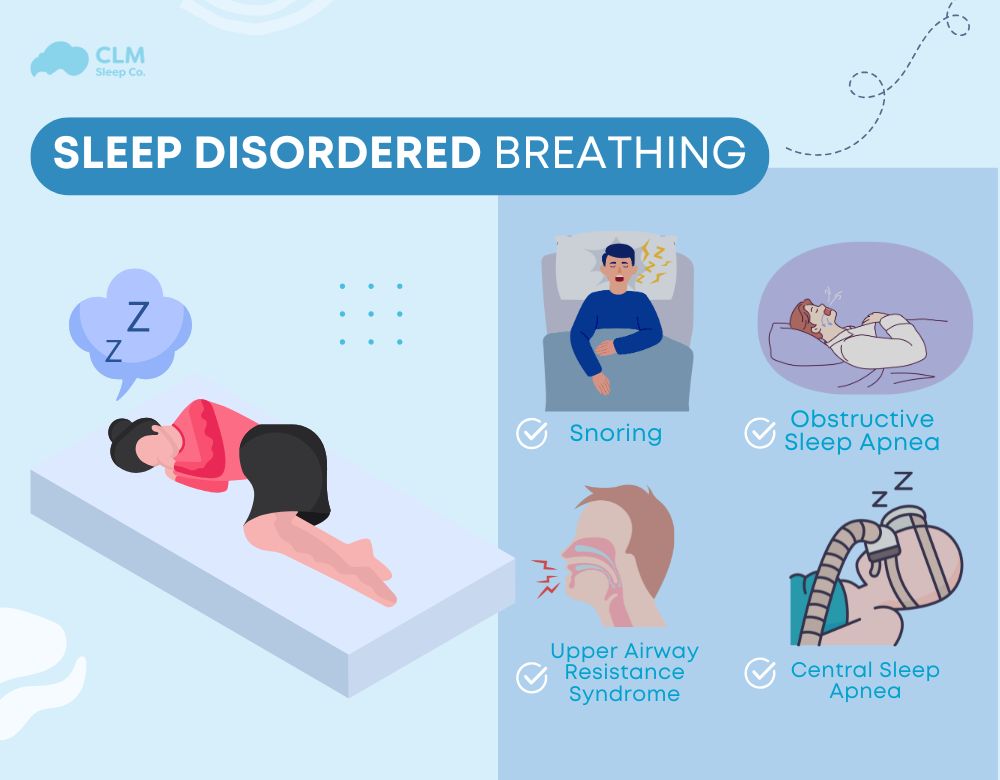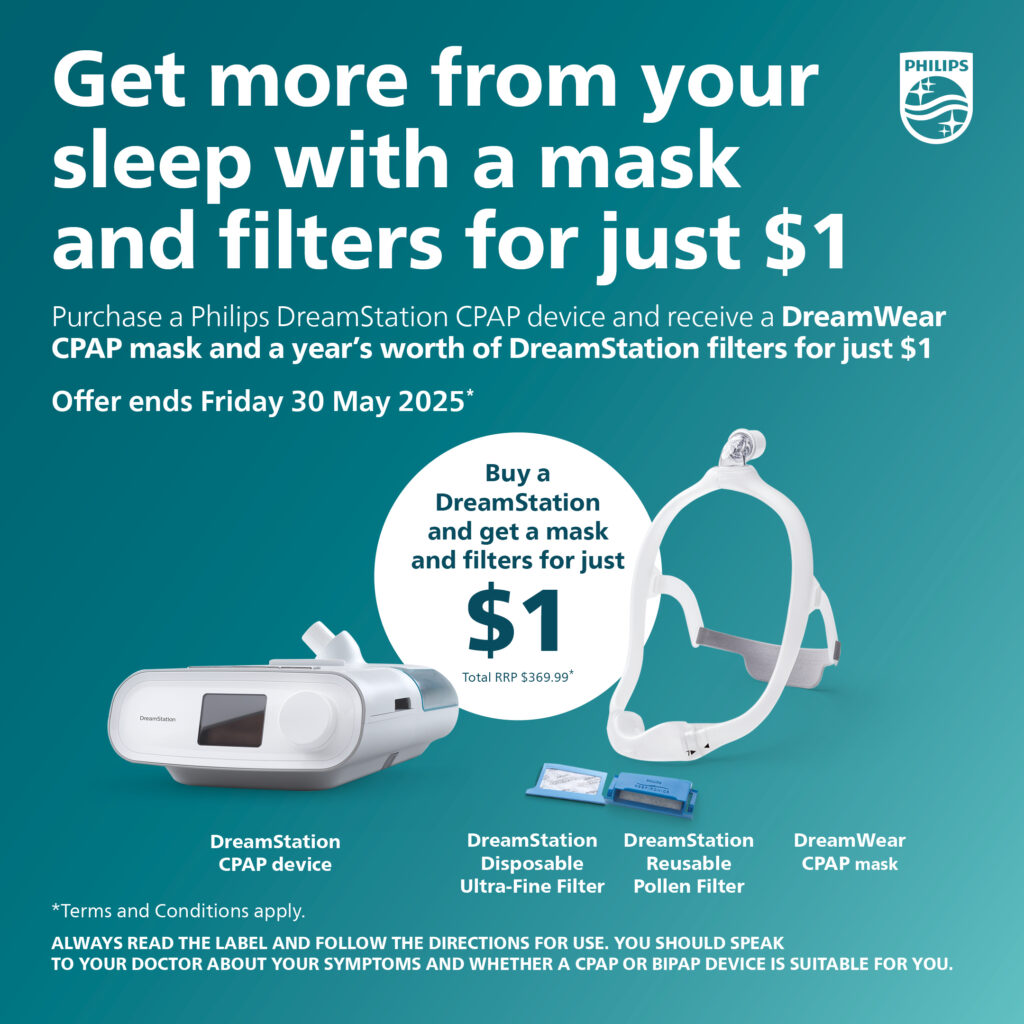Although common, sleep-disordered breathing is frequently an underidentified condition acknowledging varieties of its evolution itself may lead to everyday lifestyle changes for affected persons. An abnormal pattern of breathing during sleep. owever, may include as basic a change as simple snoring to much worse conditions, particularly when mentioned with obstructive sleep apnea. Given the above complications, such as cardiovascular problems arising from the quality of sleep to cognitive impairment or daytime sleepiness; suffering always seems bigger than it is. At CLM Sleep, we treat sleep-disordered breathing because, while we care about your rest, we also care about you. This article discusses the different types, sleep disordered breathing symptoms, and treatment options available for sleep-disordered breathing. So take that leap toward a better night’s sleep and better overall health.
What is sleep disordered breathing?
Sleep disordered breathing (SDB) refers to conditions with breathing disturbances during sleep. These include increased airway resistance, heavy snoring, hypopnea (impaired airflow), or apnea (complete cessation of breathing). The severity of SDB can range from mild airway resistance to severe apnea episodes. These issues affect sleep quality and overall health. Timely recognition and treatment are crucial, as untreated cases can lead to complications like cardiovascular problems and fatigue.
What is a sleep disordered breathing child? The term breathing disorders during sleep in children refers to a group of diseases or conditions which involve a disorder in breathing during sleep, from a simple recurring noise to complex obstructive apnea. This disorder is often related to factors such as hypertrophied tonsils or adenoids, obesity, and facial structural abnormalities. Some of the symptoms of SDB include severe snoring , restless sleep, airway obstruction during daytime, mouth breathing, nocturnal enuresis, excessive daytime sleepiness and poor concentration. The assessment usually consists of polysomnography and treatment techniques can range from the removal of diseased adenoids in the throat, dietary control in overweight patients or finally continuous positive airway pressure in very severe conditions. It is important to remember that timely initiation of treatments is crucial in terms of prevention of stunted development and impaired intellectual abilities.
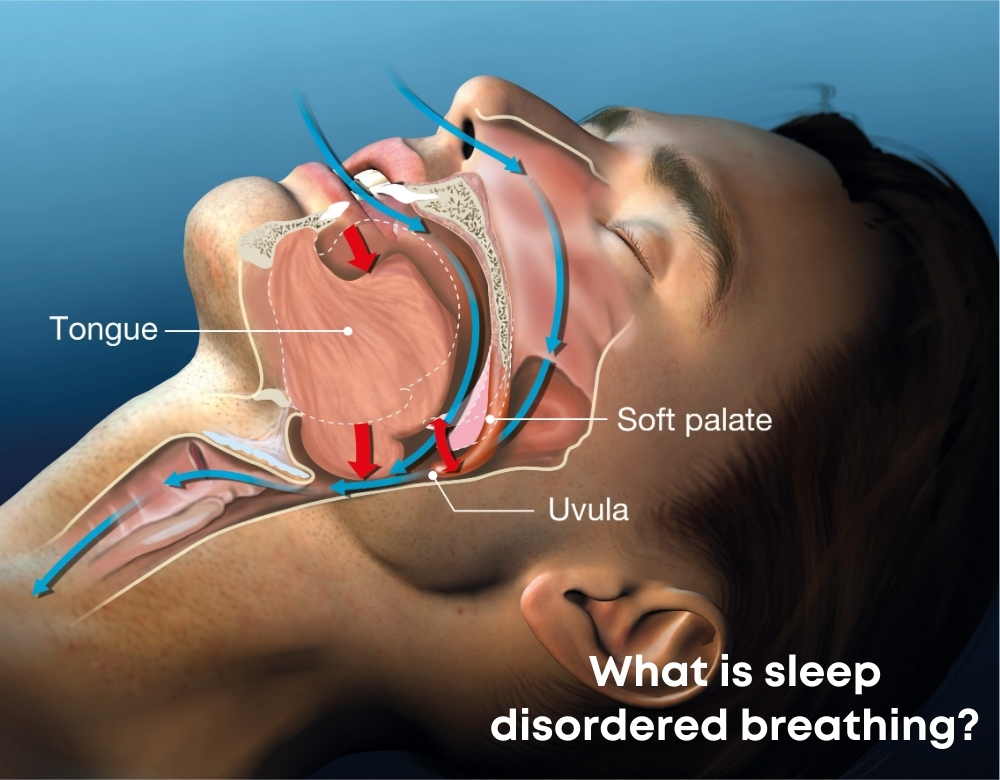
Types of sleep disordered breathing
Among the different Sleep Disorders, each has its distinct characteristics and health effects.
Snoring
- Characteristics: Snoring is the sound produced by airflow through the nose and throat being partially blocked. Causing vibrations in surrounding tissues.
- Causes: It can be caused by several things including nasal congestion, obesity, alcohol, and positions taken while sleeping.
- Impact on Health: Snoring is mostly not a serious threat. However, it may disrupt sleep to the great discomfort of both the snorer and the snooze partner leading to excessive daytime fatigue and irritability.
Upper Airway Resistance Syndrome (UARS)
- Characteristics: UARS is one in which the upper airway collapses somewhat during sleep, increasing respiratory efforts.
- Causes: Anatomical factors may play a part in UARS such as jaw size and enlarged tonsils.
- Impact on Health: These can cause frequent awakenings at night, excessive daytime sleepiness, and if not treated, can go on to develop more severe forms of sleep disorder.
Obstructive Sleep Apnea (OSA)
- Characteristics: OSA is when the airway becomes partially blocked or totally obstructed during sleep, leading to increased respiratory efforts.
- Causes: Causes can basically be obesity, relaxation of throat muscles, enlarged tonsils, and jaws being set in an unusual position.
- Impact on Health: Apnea can lead to life-threatening situations such as high blood pressure, heart disease, stroke, and diabetes because of frequent drops in blood oxygen levels and consequent frequent wake-ups during sleep.
Central Sleep Apnea (CSA)
- Characteristics: CSA is a rarer form of Sleep Apnea where the brain does not send the right signals with awesome rhythm.
- Causes: Certain medical conditions that include heart failure, stroke, and any particular medication may be taken.
- Impact on Health: It can cause sleep disruption, fatigue, and in extreme cases, worsen cardiovascular problems and promote decline in cognitive activities.
Sleep-Related Hypoventilation Disorders
- Characteristics: In most cases, these disorders involve decreased breathing and shallow breaths during sleep, resulting in high carbon dioxide levels in the blood.
- Causes: Obesity hypoventilation syndrome (OHS), chronic lung disease, and neuromuscular disorders may all cause Hypoventilation.
- Impact on Health: People with Hypoventilation may suffer from chronic morning headaches. They also experience excessive daytime sleepiness and eventually develop respiratory failure.
Sleep-Related Hypoxemia Disorder
- Characteristics: This is a condition characterized by abnormally low blood oxygen levels during sleep.
- Causes: Persistent low oxygen levels during sleep occur when someone has lung conditions such as chronic obstructive pulmonary disease (COPD).
- Impact on Health: Long-term low oxygen levels strain the heart and lungs, leading to complications like pulmonary hypertension, hypertension, and arrhythmias.
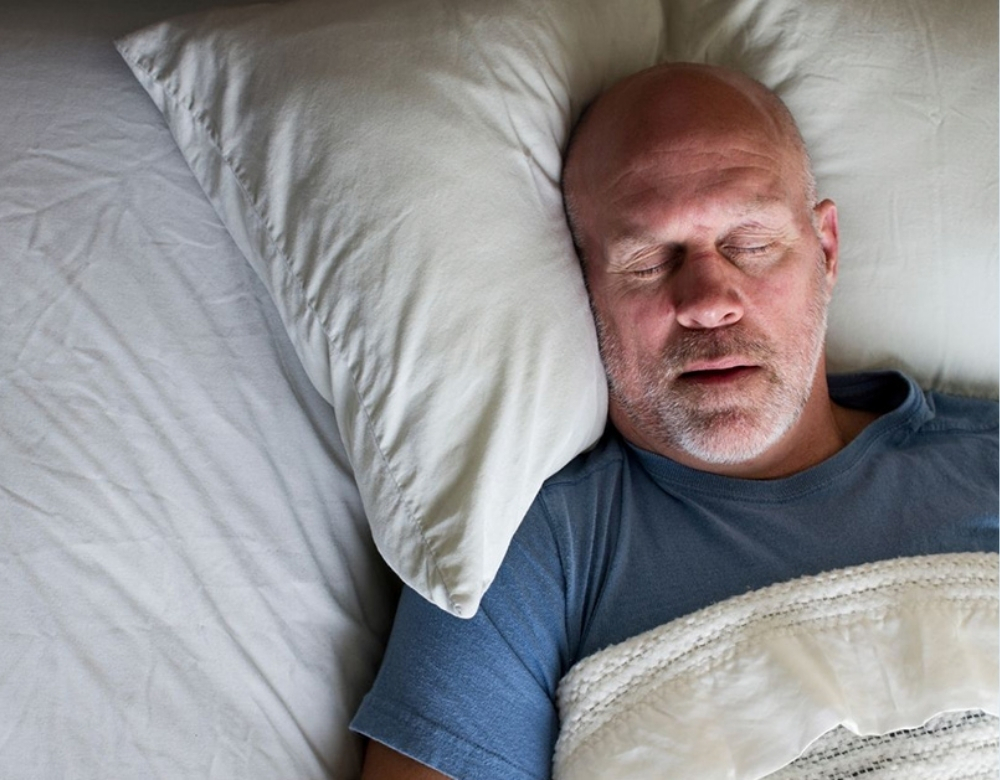
Sleep Disordered Breathing vs. Sleep Apnea
Sleep disordered breathing refers to a group of breathing problems during sleep. But sleep apnea only applies to conditions when breathing pauses entirely or partially in sleep cycles. There are two types of sleep apnea under SDB category: obstructive sleep apnea (OSA) and central sleep apnea (CSA).
See more: Types of sleep apnea
How to Diagnose Sleep Disordered Breathing
The diagnosis of sleep disordered breathing spectrum usually requires a sleep study (polysomnography). Where the patient’s breathing, oxygen levels, heart rate, and some other parameters are monitored during sleep. Home sleep apnea testing may also be used, especially for OSA diagnosis. For certain patients, the need for evaluation by a sleep specialist or imaging studies may be warranted to evaluate airway anatomy.
Treatment Options for Sleep Disordered Breathing
Sleep disordered breathing treatment options depend on both the type and severity of SDB
- CPAP Machines for OSA: Continuous positive airway pressure (CPAP) treats OSA more frequently than any other remedy by being a system of delivering constant air pressure to keep the airway open.
- Lifestyle Changes: Moderate weight loss and smoking cessation can significantly improve SDB symptoms by lessening the chances of airway occlusion.
- Surgical Options: In some cases, surgery may be needed to remove or shrink airway tissues (such as tonsils and soft palate) for adequate airflow.
- Dental Devices and Positional Therapy: Oral appliances can draw the jaw and tongue forward. Positional therapy advises sleeping a certain way such as on one’s side to lessen airway obstruction.
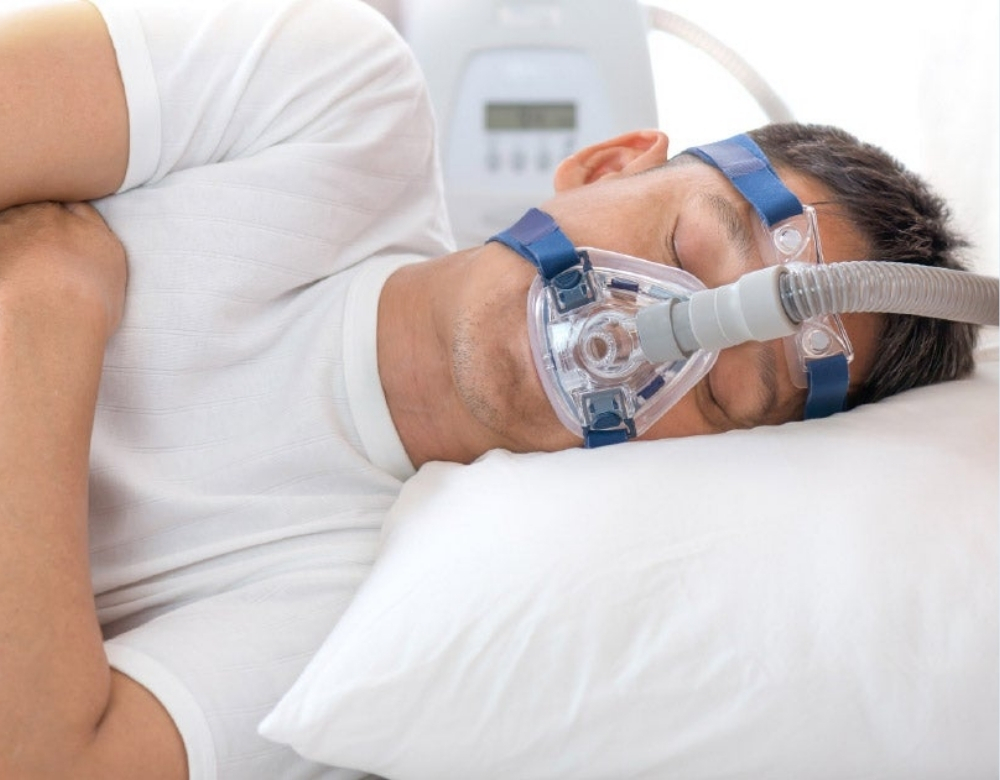
Prevention of Sleep Disordered Breathing
Maintain a healthy weight. Avoid alcohol before bedtime. Use a nasal decongestant if you have allergies. Quit smoking. Exercise regularly and establish good sleep habits to improve respiratory health and prevent sleep-disordered breathing.
Conclusion of the Article
Sleep disordered breathing is treatable, and an early diagnosis can be the turning point in the management of its symptoms and the improvement of sleep quality. With expert guidance and treatment options, ranging from CPAP therapy to lifestyle changes, reclaim your nights and protect your health. At CLM Sleep, we provide comprehensive diagnosis and treatment services for sleep apnea. Helping you restore your sleep quality and improve your health. At the same time, providing quality treatment devices from top brands such as ResMed, Fisher & Paykel, Philips,… at Cpapdiscount.
